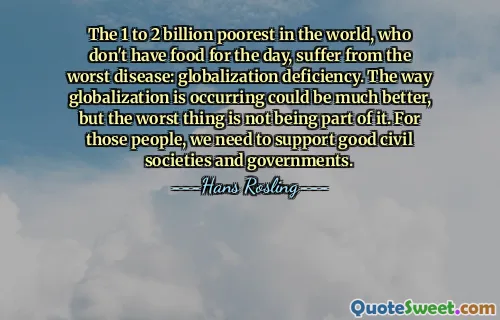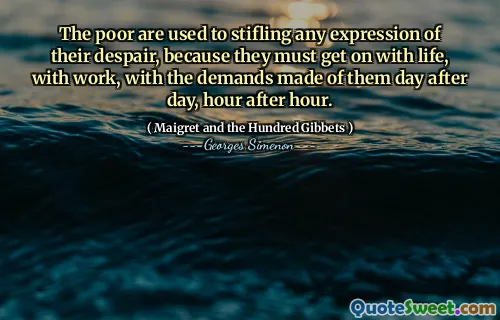She had spears of straw and grass in her hair, not like Ophelia gone mad through contact with Hamlet's madness, but because she had slept in some stable loft.
In Victor Hugo's "Les Miserables," the author describes a character who is disheveled, with bits of straw and grass tangled in her hair. This image evokes a sense of wildness and neglect, suggesting a life that has been harsh and unrefined. Unlike Ophelia from Shakespeare's play, whose madness is a result of her tragic love for Hamlet, this character's state is a reflection of her harsh living conditions, having spent the night in a stable loft.
The contrast between the two characters highlights the different forms of despair they represent. While Ophelia's madness stems from emotional turmoil and love, the character in "Les Miserables" embodies physical hardship and the struggles of survival. Through this imagery, Hugo emphasizes the impact of environment on individual character and the often-overlooked realities of those who suffer in silence.










